BLM public lands are critical to our hunting and fishing access, but a new study finds that they also support outdoor recreation businesses and local economies in a big way
Total direct spending for hunting, fishing, and wildlife viewing on the 246 million acres of America’s public land administered by the Bureau of Land Management in the western U.S. totaled more than $2 billion in 2016, according to a new study on wildlife-related recreation spending unveiled yesterday.
Visits to BLM public lands also supported 26,500 jobs, generated more than $1 billion in salaries and wages, and produced more than $421 million in federal, state, and local tax revenue.
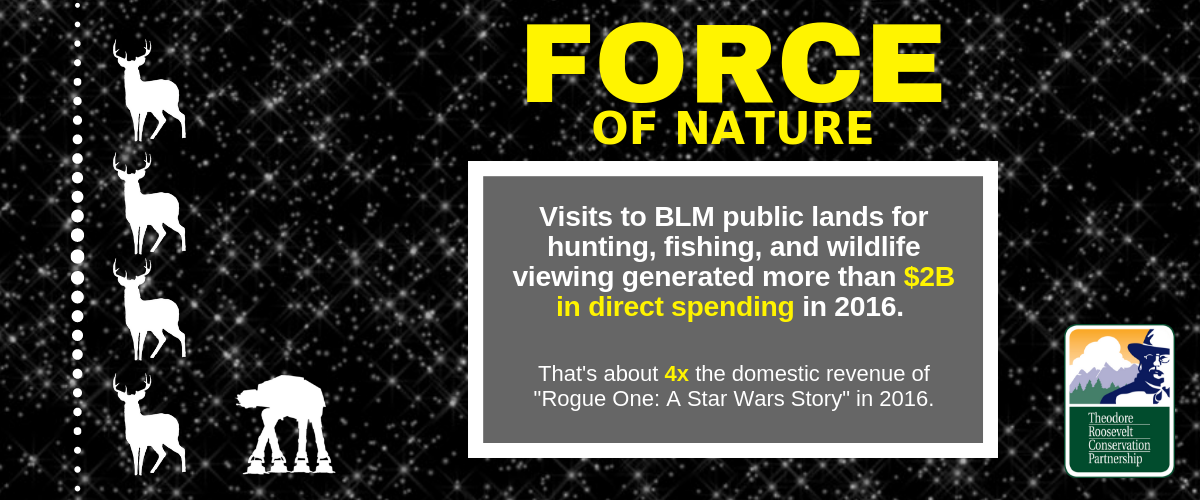
The research was conducted by the independent firm Southwick Associates Inc. with support from the Theodore Roosevelt Conservation Partnership, The Pew Charitable Trusts, Wildlife Management Institute, Trout Unlimited, Archery Trade Association, and the American Fly Fishing Trade Association.
Southwick’s analysis found that visits in 2016 to BLM-managed lands in Alaska, Arizona, California, Colorado, Idaho, Montana, Nevada, New Mexico, Oregon, Utah, Washington, and Wyoming for the purpose of wildlife-related recreation resulted in more than $3 billion in total economic output.
“Our research found that recreation associated with fish and wildlife on BLM lands is a significant jobs generator, providing income for rural communities for decade after decade with minimal investment compared to other industries,” says Rob Southwick of Southwick Associates. “Smart business and planning call for managing BLM’s fish and wildlife-related resources as important economic assets.”
“These findings confirm what many of us have known all along: BLM public lands are critically important for public hunting and fishing in America, and these activities are good for businesses and local communities alike,” says Christy Plumer, chief conservation officer with the Theodore Roosevelt Conservation Partnership. “This report should be a foundational resource as decision-makers consider the economic effects of wildlife habitat conservation on BLM public lands.”
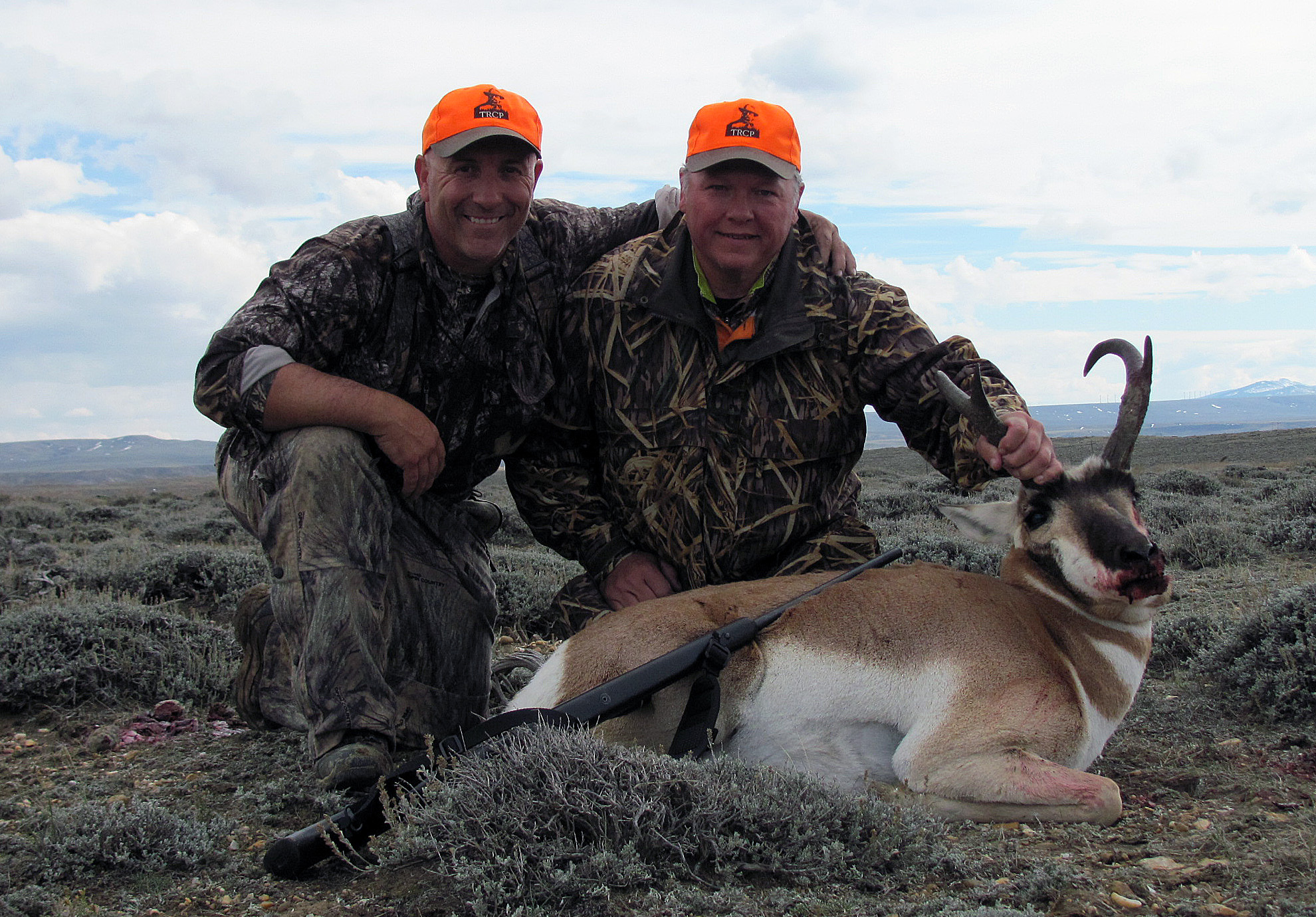
“Hunting, fishing, and wildlife watching are long-standing traditions in the U.S., and public lands and waters offer some of the best places to enjoy these pursuits,” says Matt Skroch, an officer with The Pew Charitable Trusts. “The report underscores the importance to communities in the West of wildlife and its associated public lands habitat and provides a strong economic argument for conserving our wildlife heritage on BLM lands.”
Steve Williams, president of the Wildlife Management Institute, adds, “This study shows that our public lands provide not just incredible places to hunt and fish; they also boost the economies of local communities while contributing billions of dollars to the U.S. economy.”
“You can’t put a price on the importance of public lands for our outdoor traditions, but this study shows that you can put a price on the economic impact of these special places,” says Corey Fisher, Trout Unlimited’s public lands policy director. “We’ve long known that public lands are critical to the health of our trout and salmon fisheries, and we now know just how valuable fishing on these lands is for the bottom line of businesses large and small.”
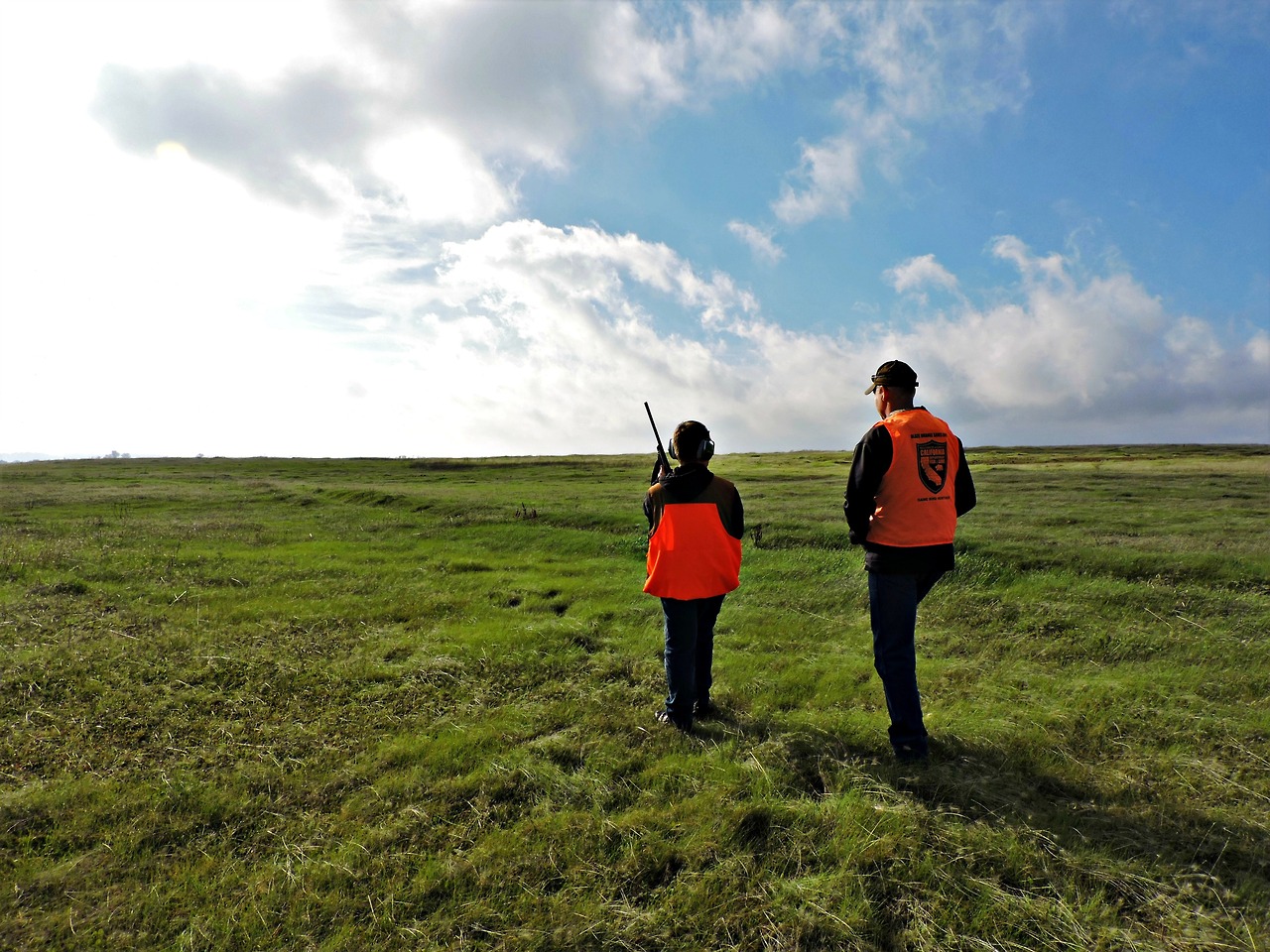
“As advocates for the fly-fishing industry on conservation, access, and business issues, we see firsthand the benefits public lands bring to local economies. As a nation, we must continue to protect access to our public lands; they are an invaluable asset to the people of the United States and our economy,” says Ben Bulis, president of the American Fly Fishing Trade Association.
“This study shows that the West’s sporting heritage on public lands, including bow hunting and other archery-related recreation, is a significant driver of jobs and revenue for local communities,” says Dan Forster, president of the Archery Trade Association. “Maintaining this heritage, along with the habitat that our wildlife depend on, is an important priority for our community as well as public land agencies.”
Southwick Associates calculated the economic contribution generated by the spending of visitors who engaged in wildlife-related recreation activities on BLM lands in 11 western states and Alaska. The researchers based their calculations on 2016 visitation data from the BLM and spending data from the U.S. Fish and Wildlife Service’s 2016 National Survey of Fishing, Hunting, and Wildlife Associated Recreation.
Read the full report and methodology for this study here.
Top photo by Michael Aleo

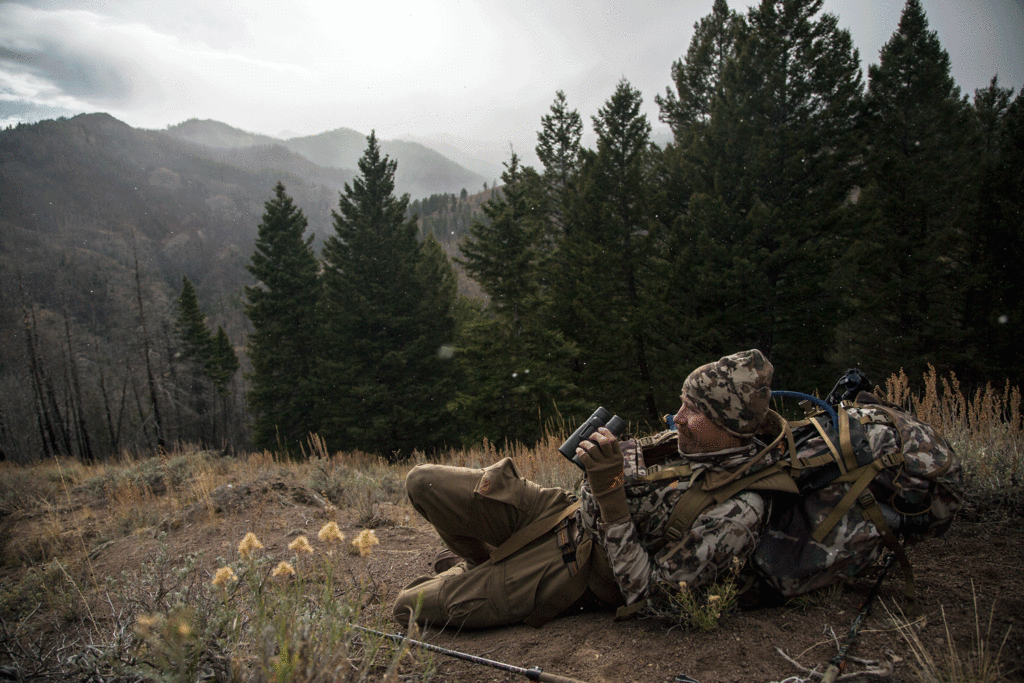
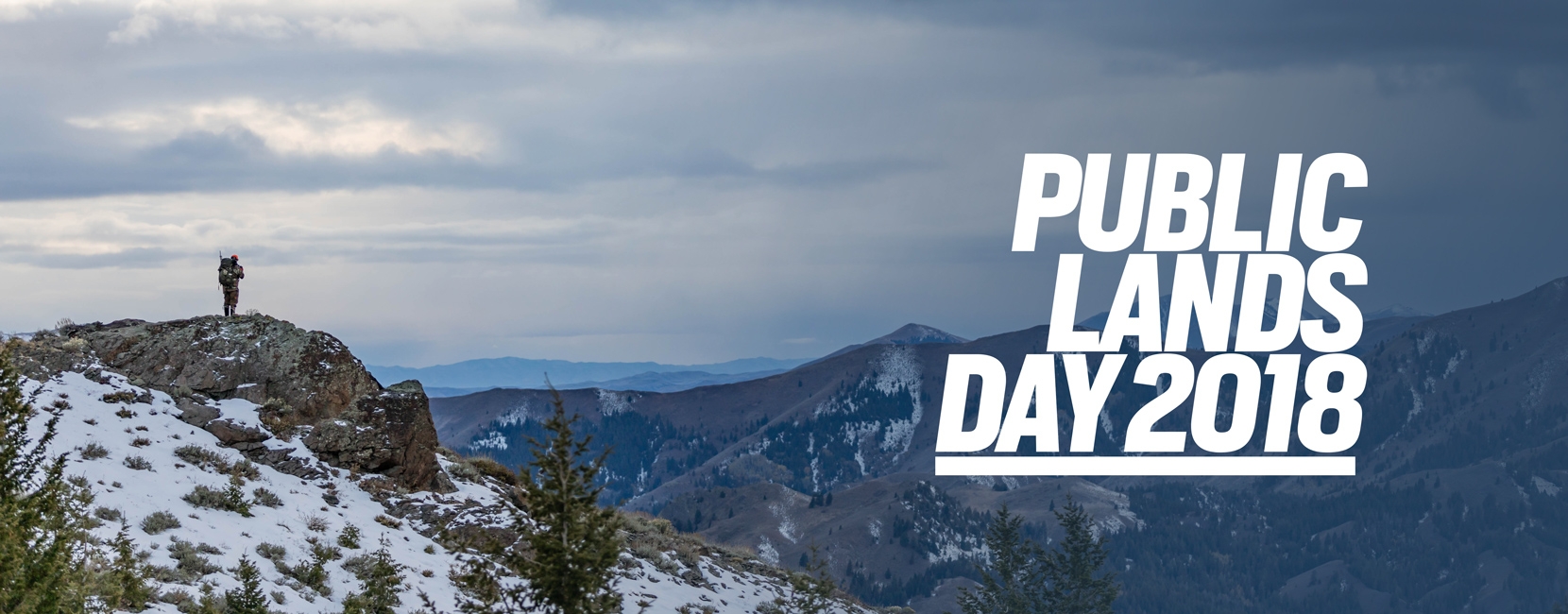
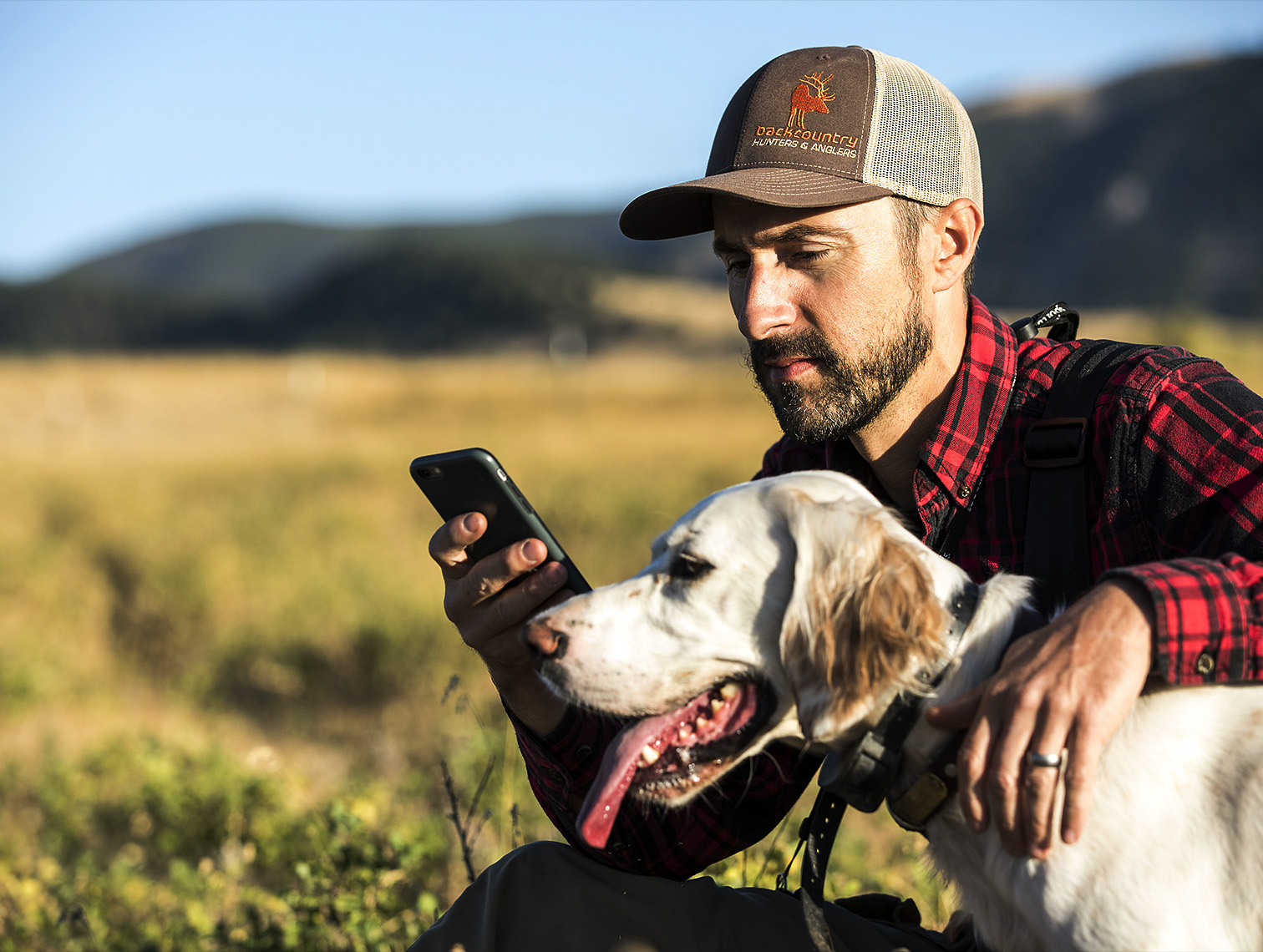

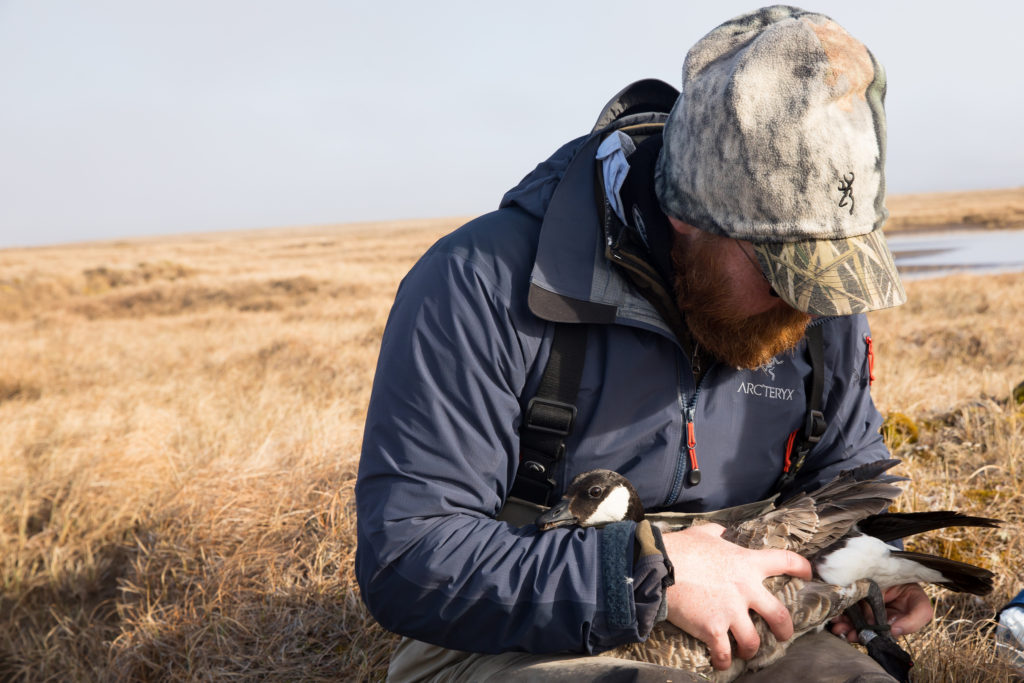
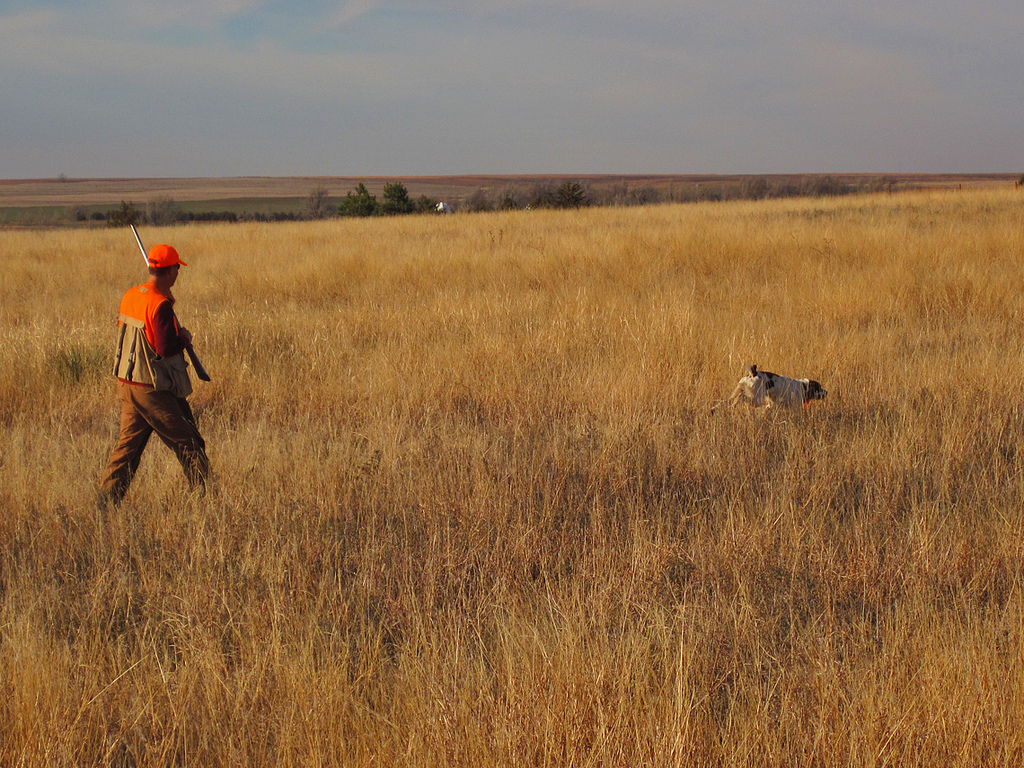
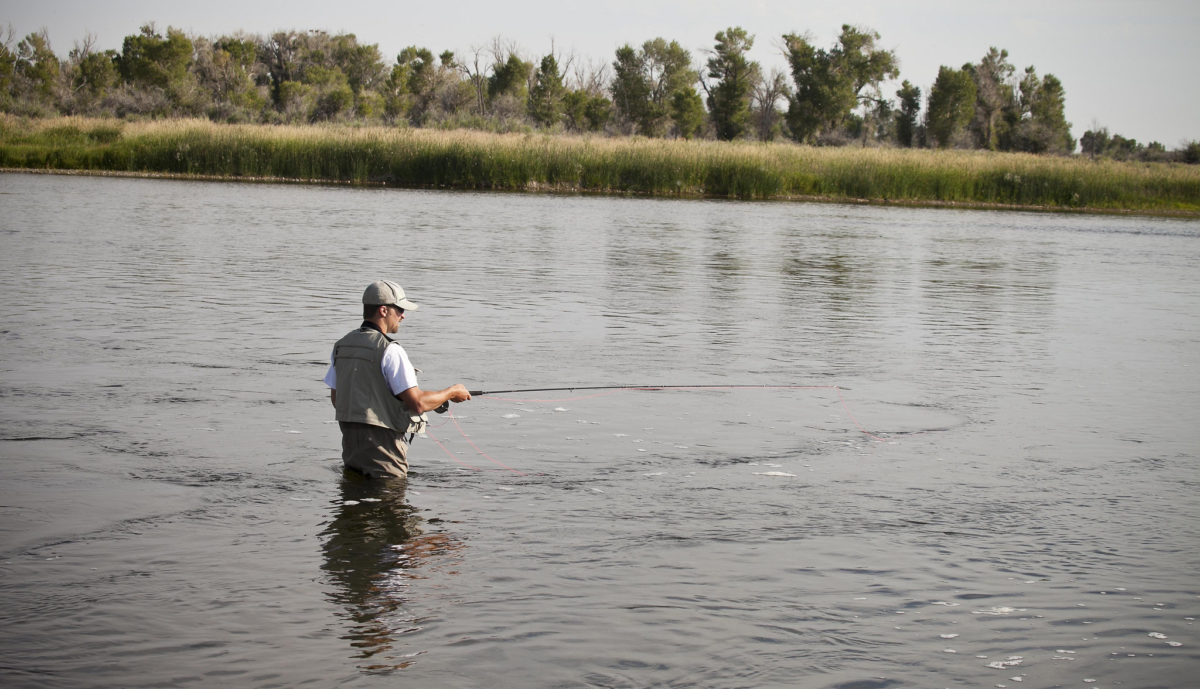




We need better access to BLM land, Most of it in my area is is surrounded by private property with little or no access. Like around the Don Pedro lake CA area. If we had better access for hunting. It would be great.
Known this for years and years, Just another way for the gun grabbers to to get the guns, take the land no Hunting or fishing or recreation opportunities for the average man!! the land will be sold to the highest bidder!